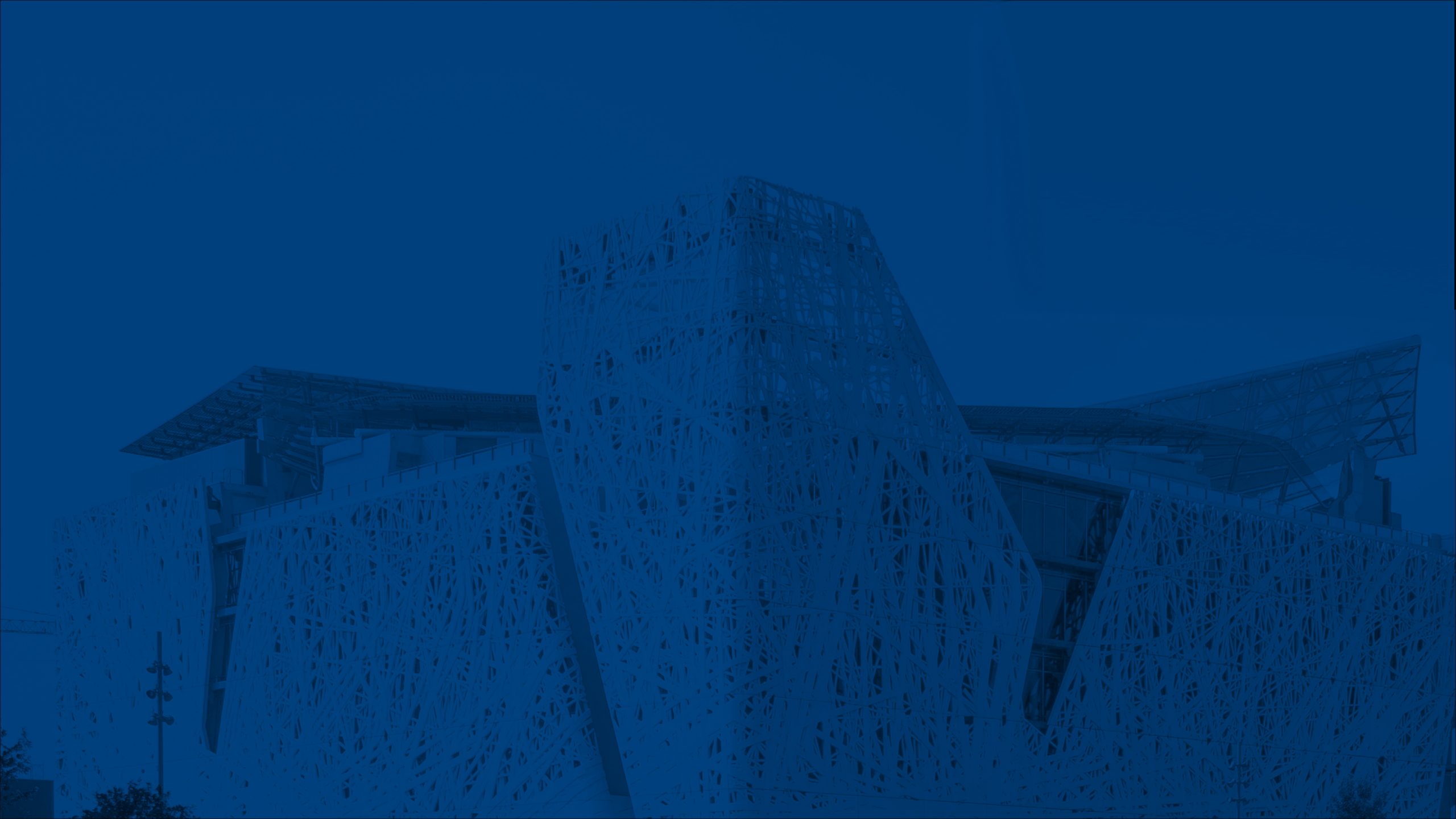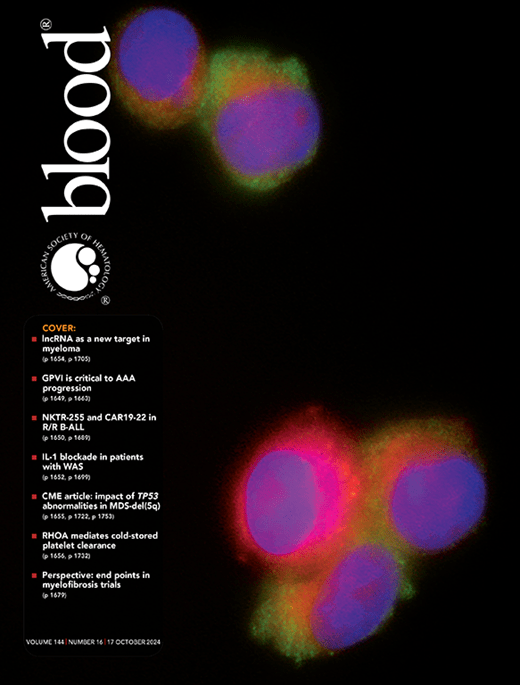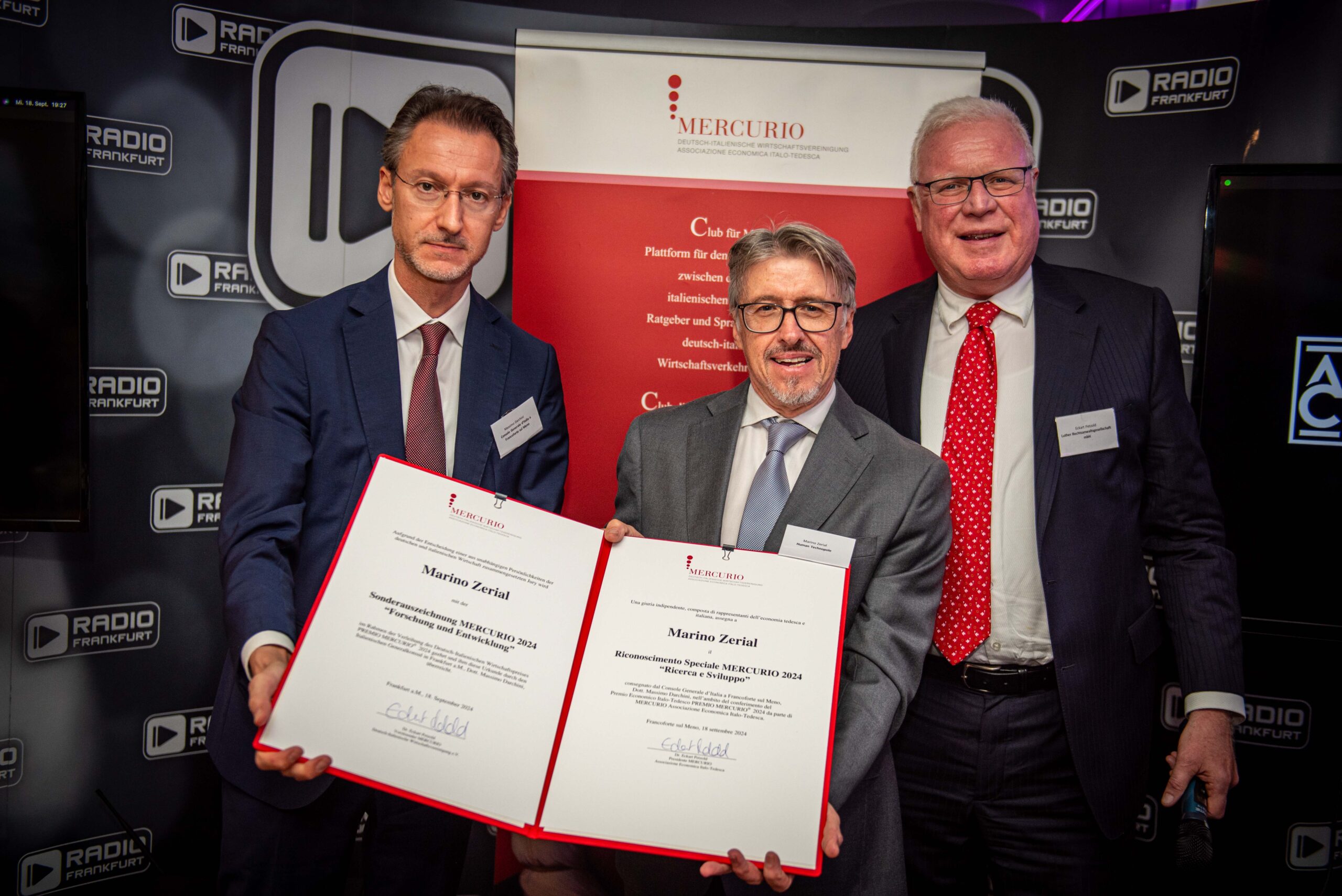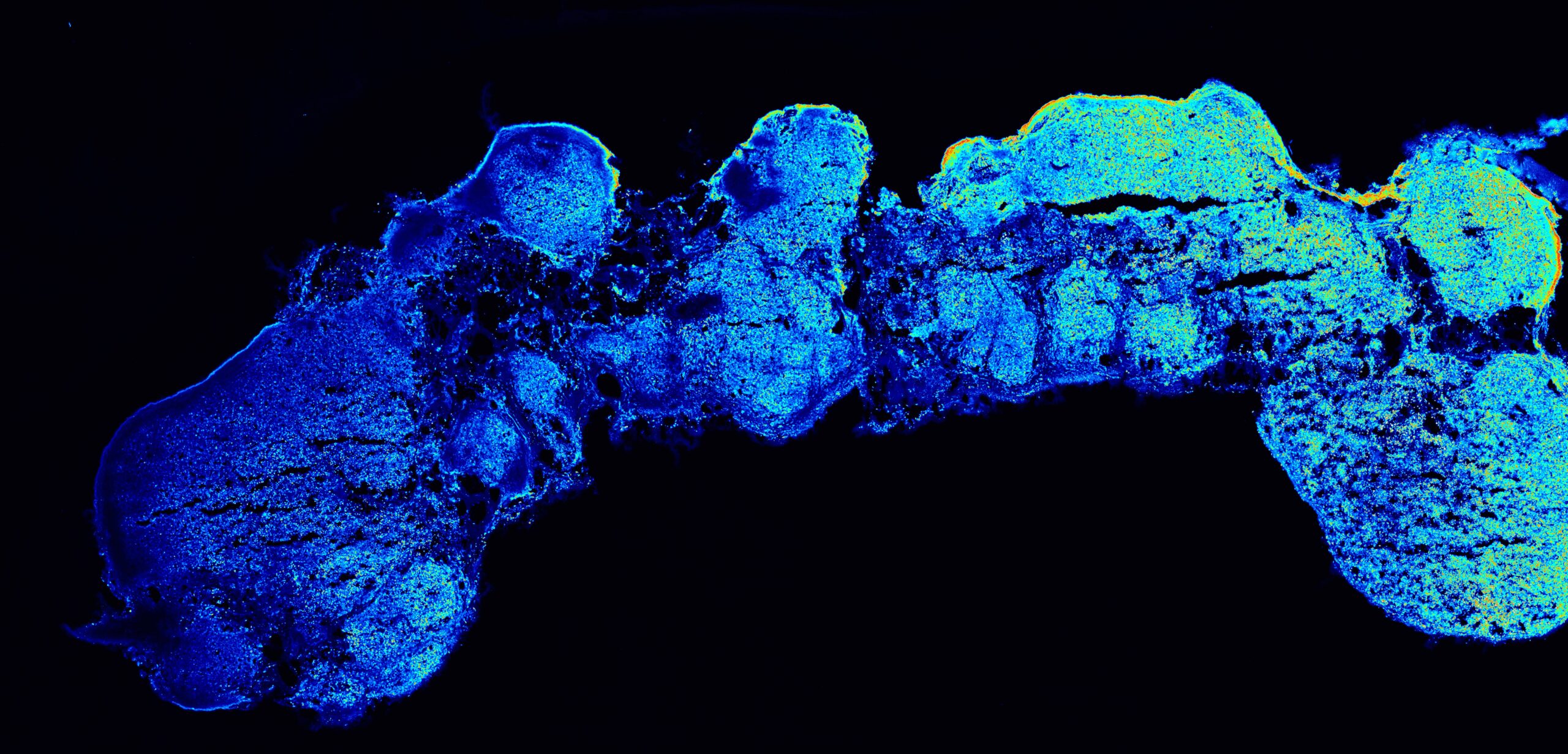Human Technopole Foundation’s Supplier List online
The Human Technopole Foundation’s Supplier Register is now online.
Long Non-Coding RNA as Therapeutic Target for Multiple Myeloma
A Long Non-Coding RNA Identified as a Potential Therapeutic Target for Multiple Myeloma: Collaborative AIRC Study by University of Magna Graecia and Human Technopole Published in Blood.
First Open Framework for Linking Rare Disease and Environmental Data
A multidisciplinary team led out of the ADAPT Centre at Trinity College Dublin has published cutting-edge research on a new tool designed to enable efficient data linkages between rare diseases and environmental datasets. Published recently in Nature Digital Medicine, the researchers present SERDIF (Semantic Environmental and Rare Disease data Integration Framework), an innovative framework that enables health data researchers to efficiently link environmental and health data sources through location and time information.
HT Director Zerial Awarded Mercurio Prize for Excellence in Research
The Human Technopole Director, Marino Zerial, has been awarded the 2024 Mercurio Prize in the “Research and Development” category, in recognition of the excellence of his research in the field of cell biology. Zerial, renowned for his studies on the mechanisms of endocytosis and cellular transport, has made significant contributions to the understanding of cellular dynamics, with potential therapeutic applications for diseases such as liver conditions.
A new model system for cortical development in vitro
Researchers from Human Technopole, the Institute of Molecular Biotechnology and Bicocca University established a method for developing brain assembloids that allows reproducing salient aspects of the antero-posterior polarity of the human cerebral cortex in vitro and opens new possibilities for disease modelling. The study is published in Nature Methods.




